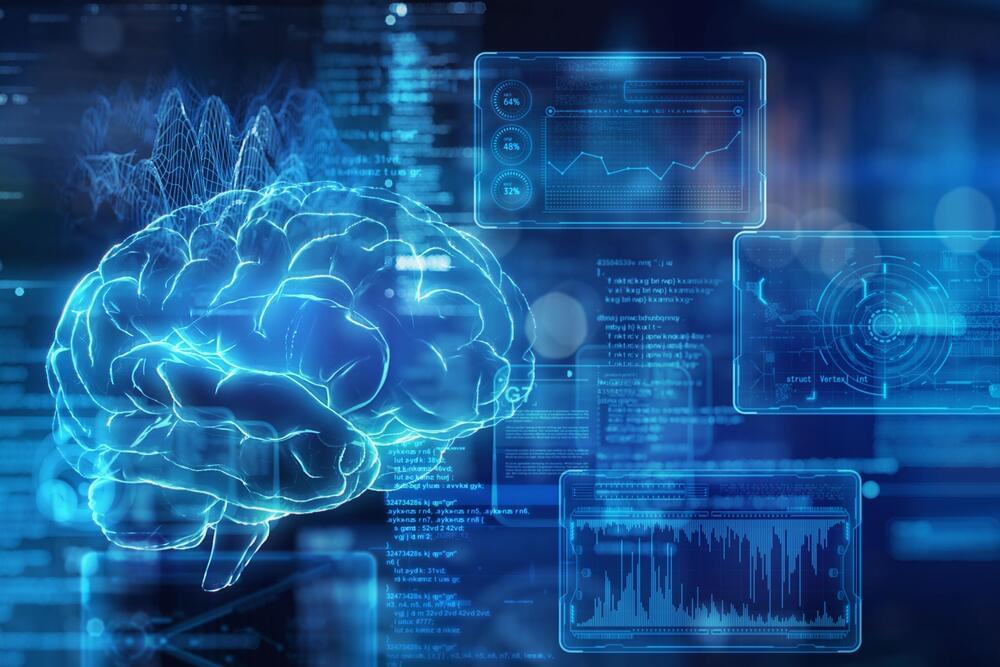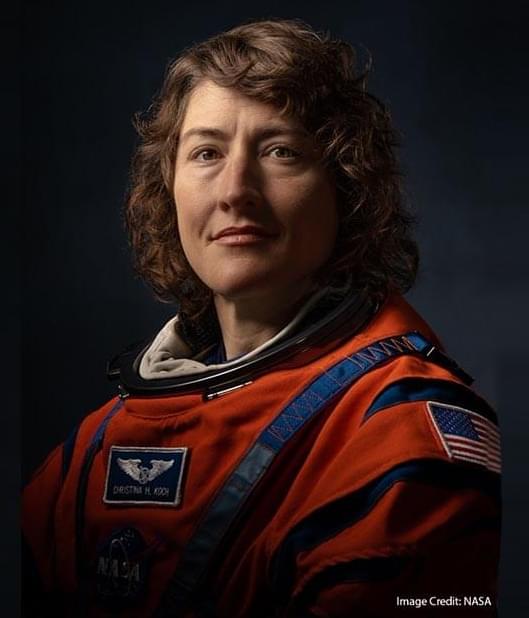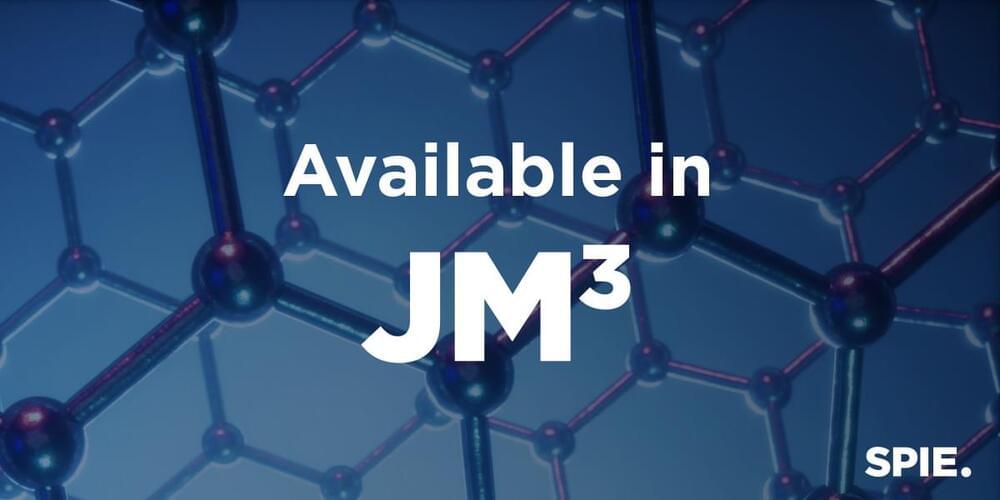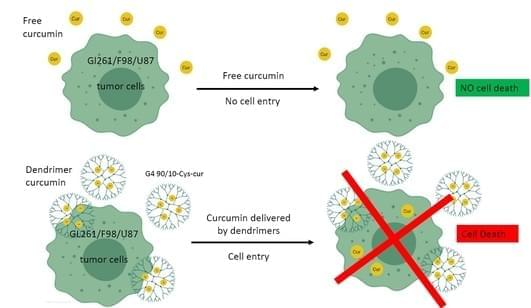But a twist to her romantic narrative made it even more intriguing. Aria was describing in vivid detail her unique relationship with ChatGPT, the OpenAI-designed intelligent chatbot that has taken the world by storm with its near-human responses.
Across China, such unconventional bonds reflect a rising trend where individuals seek solace and companionship in AI-powered entities. In recent months, similar accounts on multiple social media platforms have sparked widespread debate over the implications of relying on AI for emotional connection and the potential risks associated with privacy and real-life relationships.









